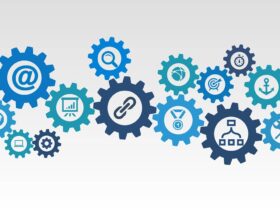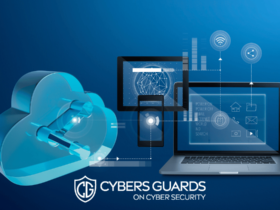RMM Benefits- The method of operating IT systems with locally installed apps that are monitored in real time by remote service providers is known as remote monitoring and management (RMM). RMM software enables administrators to manage many endpoints from a single console, including software installation and device detection. Businesses can focus on their core strengths while IT experts monitor their systems with this approach to IT maintenance.
6 Important Benefits of Remote Management and Monitoring
Today’s IT enterprises aren’t merely “local businesses,” and managed service providers are no exception. An administrator, for example, may be in charge of a network that spans numerous states and regions, and keeping track of all the devices and endpoints might be a difficult effort. A remote management and monitoring programme, is available, and here are six reasons to use it for your company.
MSP Location
MSP businesses do not operate on a “9 to 5” schedule. Managing computer systems and networks is a full-time profession that requires you to be available 24 hours a day, seven days a week. So, what should a network administrator do if a critical trouble ticket is issued outside business hours? This is no longer an issue thanks to current rmm applications.
The administrator does not have to be there at all times if difficulties arise late at night or on weekends. This user can receive email notifications for a variety of events. Furthermore, the admin panel is easily accessible via the Internet, allowing the administrator to handle most tasks that would normally be performed in an office from home. Furthermore, an administrator could be thousands of kilometres away, yet remote monitoring and management can continue as usual as long as there is internet access.
Device Location Doesn’t Matter
RMM software allows you to see every machine on your network. They are always aware of what is going on. This encompasses everything in a workplace, including desktop or laptop computers, access points, and printers. RMM, on the other hand, can monitor and check everyone on the network from afar. This includes the businessperson in another city who uses a tablet computer. It also includes workers who travel with their smartphones. Each device can be closely watched as long as agent software is installed on it.
Security
The use of remote management and monitoring software ensures that machines are in good working order. These tools also get real-time updates on security breaches or attempted breaches. Assume an unauthorised user attempted to log in to the network using a laptop. This strange machine, as well as failed log in attempts, will be recognised by the rmm application.
RMM monitoring programmes are aware of everything that happens in a network, and they are in a position to take the required steps to prevent a variety of security breaches. For example, can be configured to track log-in attempts and lock out the user after a certain number of failed attempts. The admin panel can be used to set these parameters. Furthermore, the application can use a smart phone’s camera to take an image of the person attempting to log in to the system.
Limit User Access
To control who has access to what, a suitable remote monitoring and management programme can be used. Some programmes and sensitive information, for example, may require specific permission, which the administrator can provide. Do you wish to limit some users’ access to only the most basic information? This isn’t an issue. Per user permission settings can be defined by the administrator.
Intruders will have a harder time stealing valuable information if access is restricted. Even if they are able to bypass parts of the system, they must still obtain authorization from the administrator to access sensitive information.
Your IT Personnel Don’t All Have To Be in One Place
It may take multiple IT specialists to monitor all aspects of an operation on a large network. You can use personnel from other offices, even if they are across the nation or on the other side of the world, thanks to remote management and monitoring. It makes no difference where the server computers are physically located.
Save Money on Travel Expenses
Assume you’re having issues with a computer or mobile device in a remote location. You don’t have to keep track of what’s going on or check out the system if you hire a tech. Everything can be done from one spot, and there’s no need to check in on your end because the technician can see everything from his.
You can save a lot of money on flight and other travel-related expenses if maintenance and monitoring can be done with little travel. In reality, your IT workers may be in continual communication using mobile device applications, so that if an emergency situation arises, you can warn the proper individuals to take action before disasters materialise.










Leave a Reply